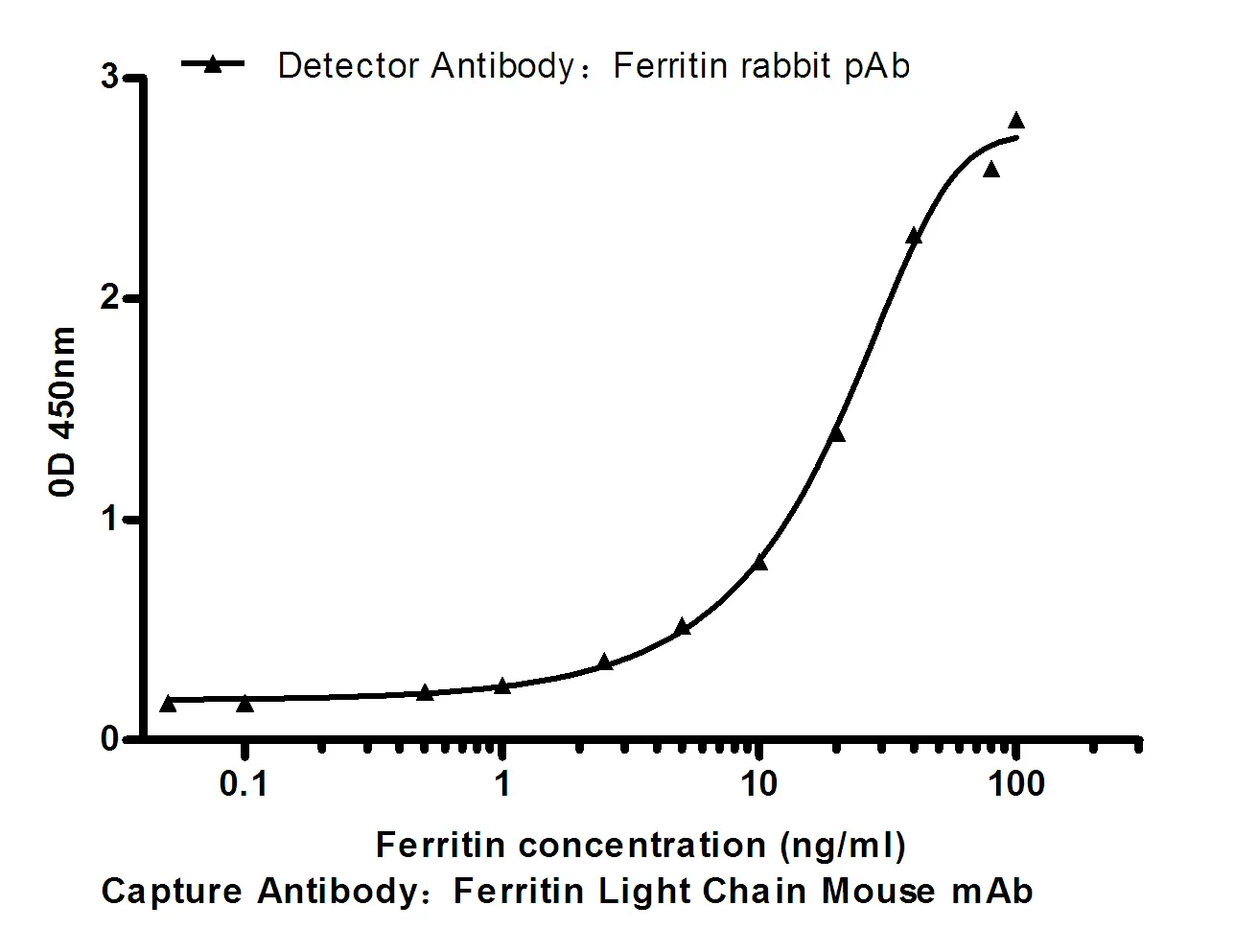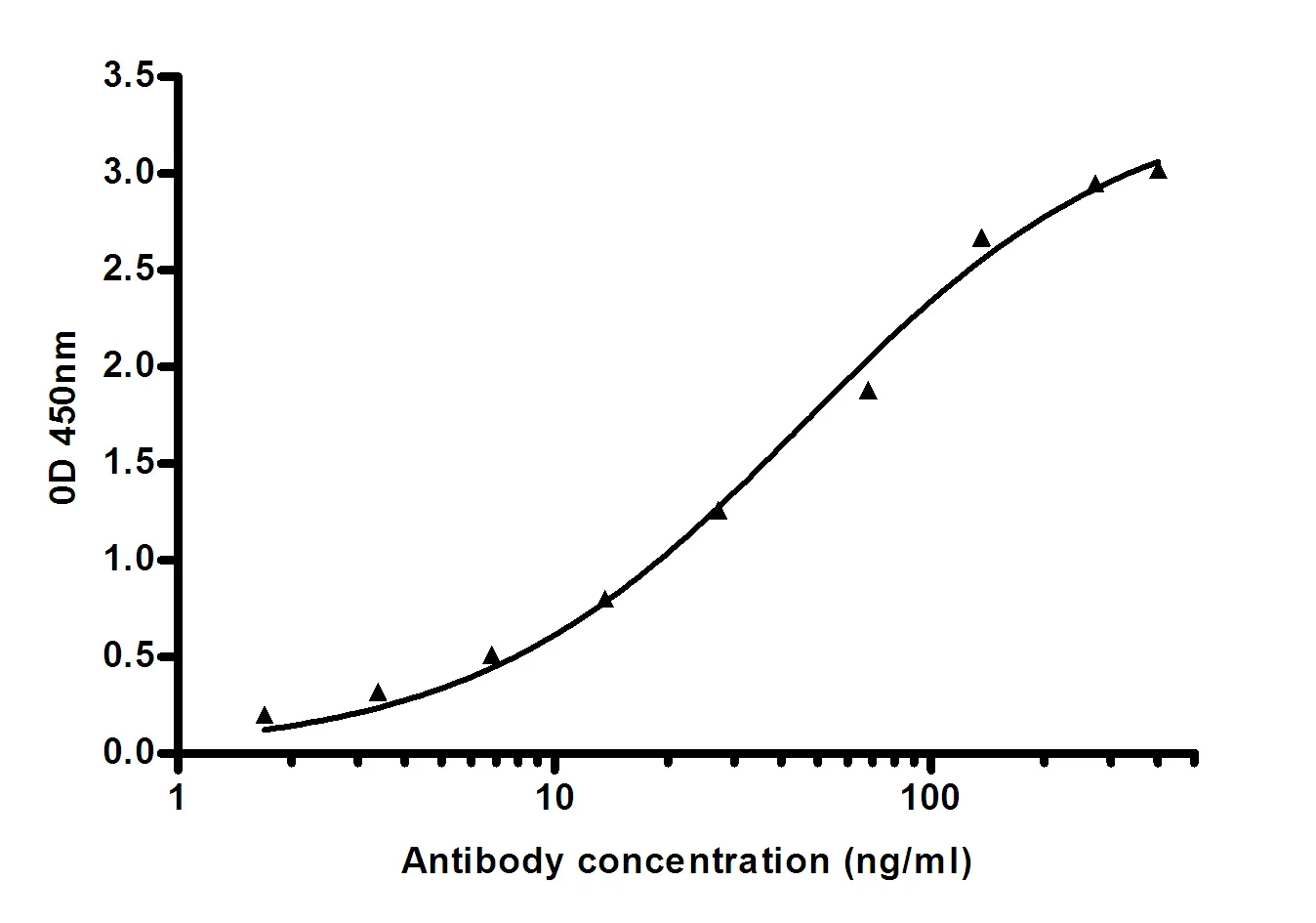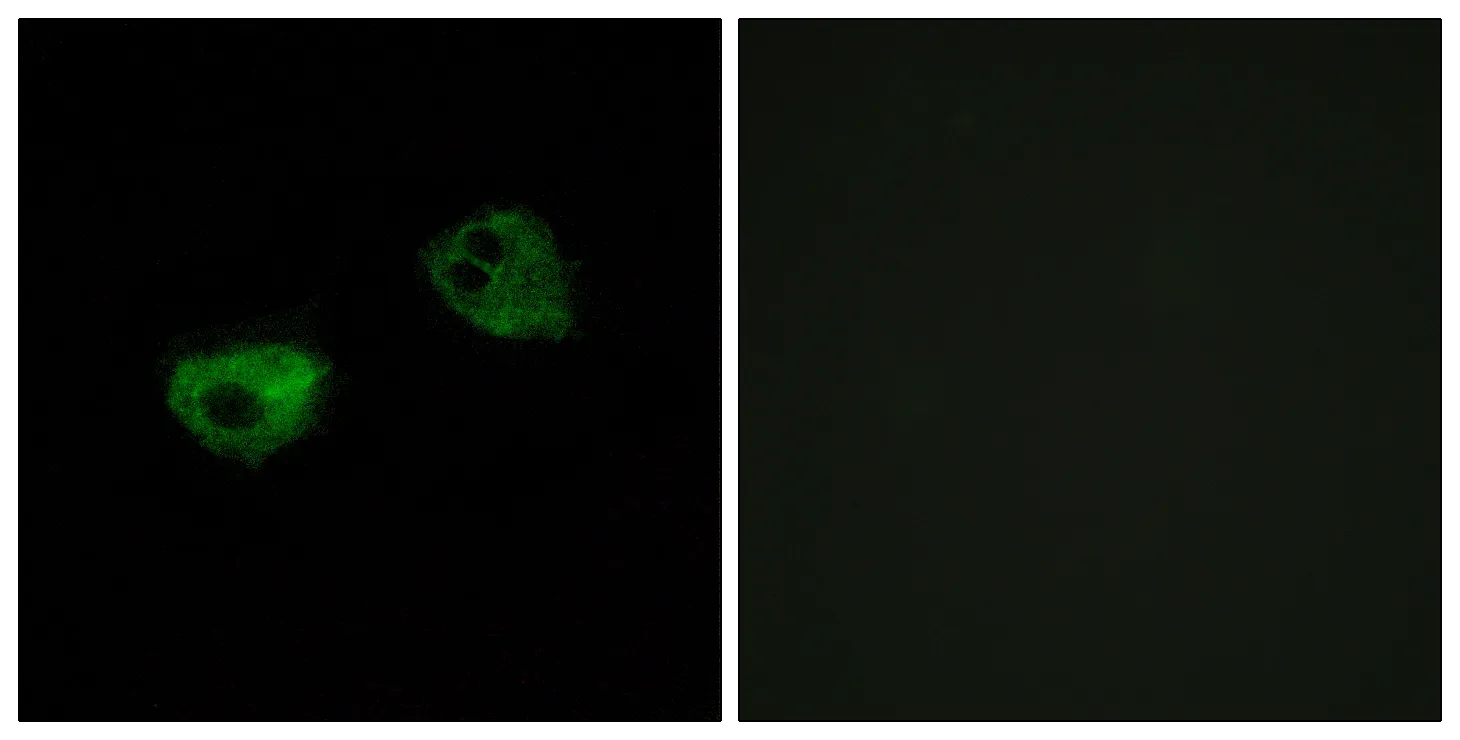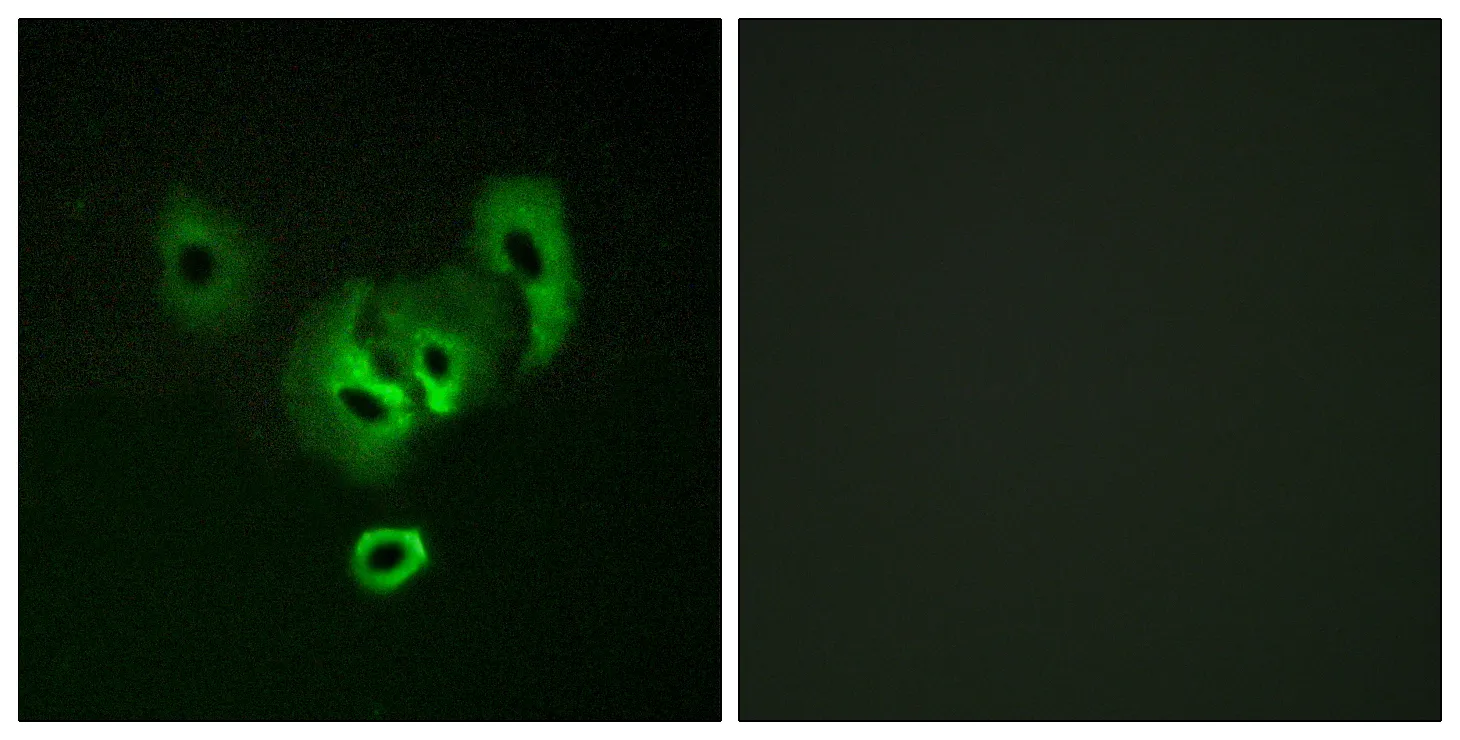Summary
Performance
Immunogen
Application
Background
This gene encodes a protein with two N-terminal Src homology 3 (SH3) domains and 10 tetratricopeptide repeat (TPR) motifs, and is a member of a small gene family. The gene product has been proposed to be an adapter or docking molecule. Mutations in this gene result in autosomal recessive Charcot-Marie-Tooth disease type 4C, a childhood-onset neurodegenerative disease characterized by demyelination of motor and sensory neurons. [provided by RefSeq, Jul 2008],disease:Defects in SH3TC2 are the cause of Charcot-Marie-Tooth disease type 4C (CMT4C) [MIM:601596]. CMT4C is a recessive form of Charcot-Marie-Tooth disease, the most common inherited disorder of the peripheral nervous system. Charcot-Marie-Tooth disease is classified in two main groups on the basis of electrophysiologic properties and histopathology: primary peripheral demyelinating neuropathy and primary peripheral axonal neuropathy. Demyelinating CMT neuropathies are characterized by severely reduced nerve conduction velocities (less than 38 m/sec), segmental demyelination and remyelination with onion bulb formations on nerve biopsy, slowly progressive distal muscle atrophy and weakness, absent deep tendon reflexes, and hollow feet. By convention, autosomal recessive forms of demyelinating Charcot-Marie-Tooth disease are designated CMT4. CMT4C is characterized by onset in childhood, early-onset scoliosis and a distinct Schwann cell pathology.,similarity:Contains 1 SH3 domain.,similarity:Contains 8 TPR repeats.,tissue specificity:Strongly expressed in brain and spinal cord. Expressed at equal level in spinal cord and sciatic nerve. Weakly expressed in striated muscle.,






